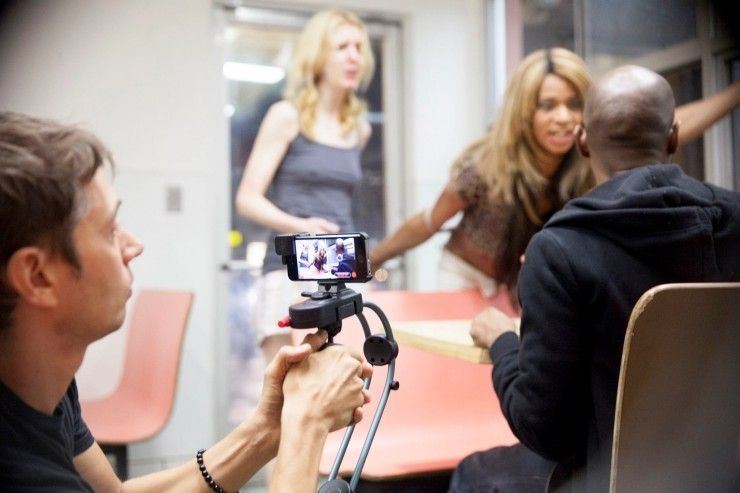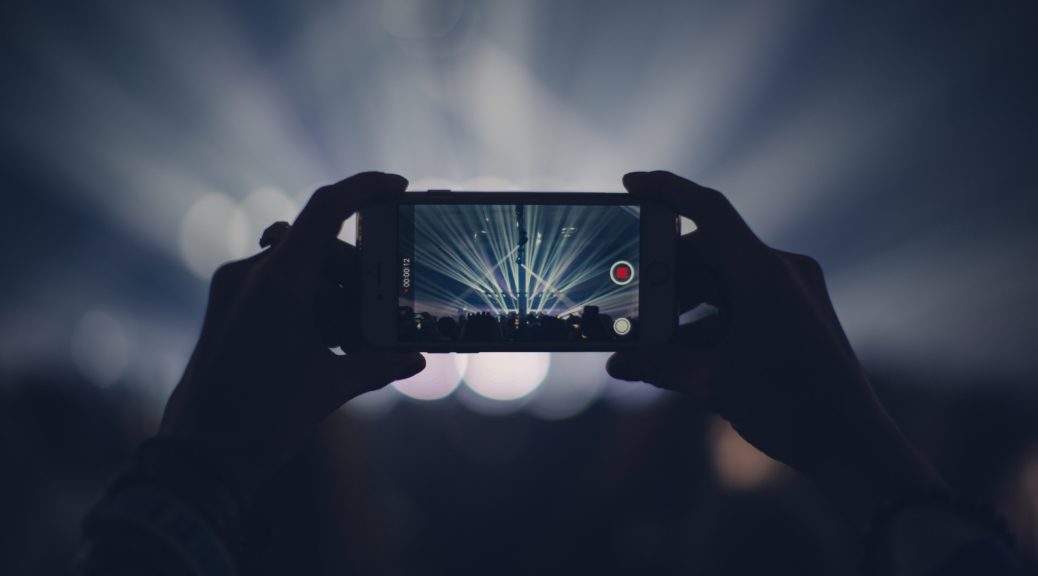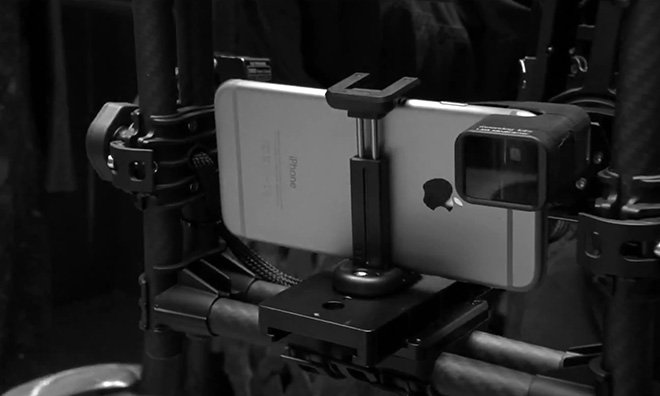
Never before have we had the convenience of technology that smartphones have brought to society. Just 15-20 years ago, we would have had to carry multiple devices to have access to functions that are a given on current smartphones. MP3 player, telephone, computer, calculator, GPS device, point and shoot camera; having all of this in a portable package is now the everyday norm. Being able to have a nexus of technology in the palm of your hand has changed the face of many industries. From the news media being supplanted (to a degree) by social media to the publishing industry having to change their model to incorporate e-books, accessible tech shifts the foundations of expectation of these and many other industries. Now it seems that these waves of change are starting to hit the shores of the cinema industry.
The cinema industry is one of unrelenting change. Cameras become obsolete, software changes and techniques upgrade. However, this drive to the cutting edge largely made film-making a high dollar proposition. In an industry where a basic cinematic gear package can cost tens of thousands of dollars, undertaking a cinematic production has been for those with deep pockets. Of course, independent film and short films have flourished even with monetary constraints but these were rarely intended for theatrical release. Now with the rise of smartphones with high-resolution sensors, the device that most of us carry daily is capable of shooting video at an acceptable level to be shown on the big screen. With devices such as the iPhone 6s and the Samsung S7, and an investment of a fraction of the cost of purchasing a traditional video camera, you can shoot 4k video and get a professional product. These companies are already touting these capabilities. Samsung released a short film that was completely shot on its new flagship Galaxy S7 phone.
The movement of using smartphones as the main camera for cinematic content is moving beyond sheer promotional value though.

The best example of the movement toward using smartphones as primary tools in the cinematic space is the movie “Tangerine”. This movie was shot exclusively on the iPhone 6s. It was well-received at Sundance and went on to have a theatrical release and to win a Spirit Award. In addition to this project, there are projects such as “9 Rides” and “The Painter of Jalouzi” that have taken advantage of this innovative technology. Now that these projects have been released and been successful at proving the viability of smartphones as cinema cameras, we will have to see where the trend of cinematic innovation takes it.

We have already seen the wave of the democratization of media and it seems like it is here to stay. As artists find new ways to utilize this technology, we will undoubtedly see more and more interesting projects result. From movies like “Tangerine” and “9 Rides” to music videos such as Olivia Wilde’s directorial debut for Edward Sharpe & the Magnetic Zeros’ “No Love Like Yours” and assorted TV show episodes and commercials, smartphones have shown staying power. With a growing market for aftermarket cinematic add-ons for these phones, smartphone cameras are certain to continue to gain reputation as a serious cinematic tool.


